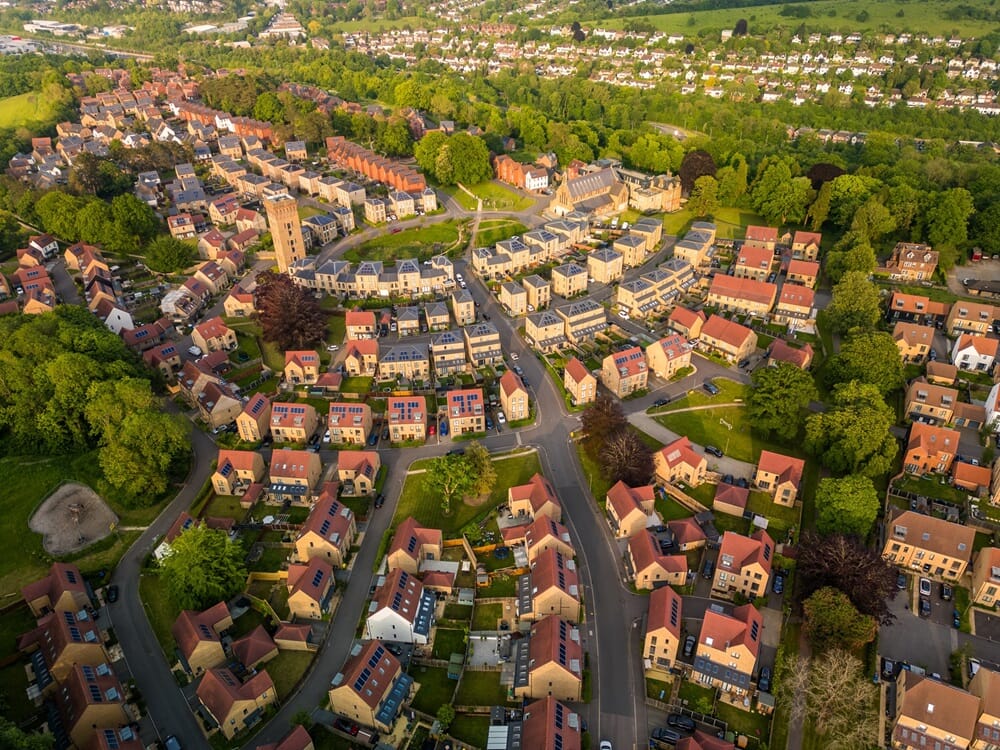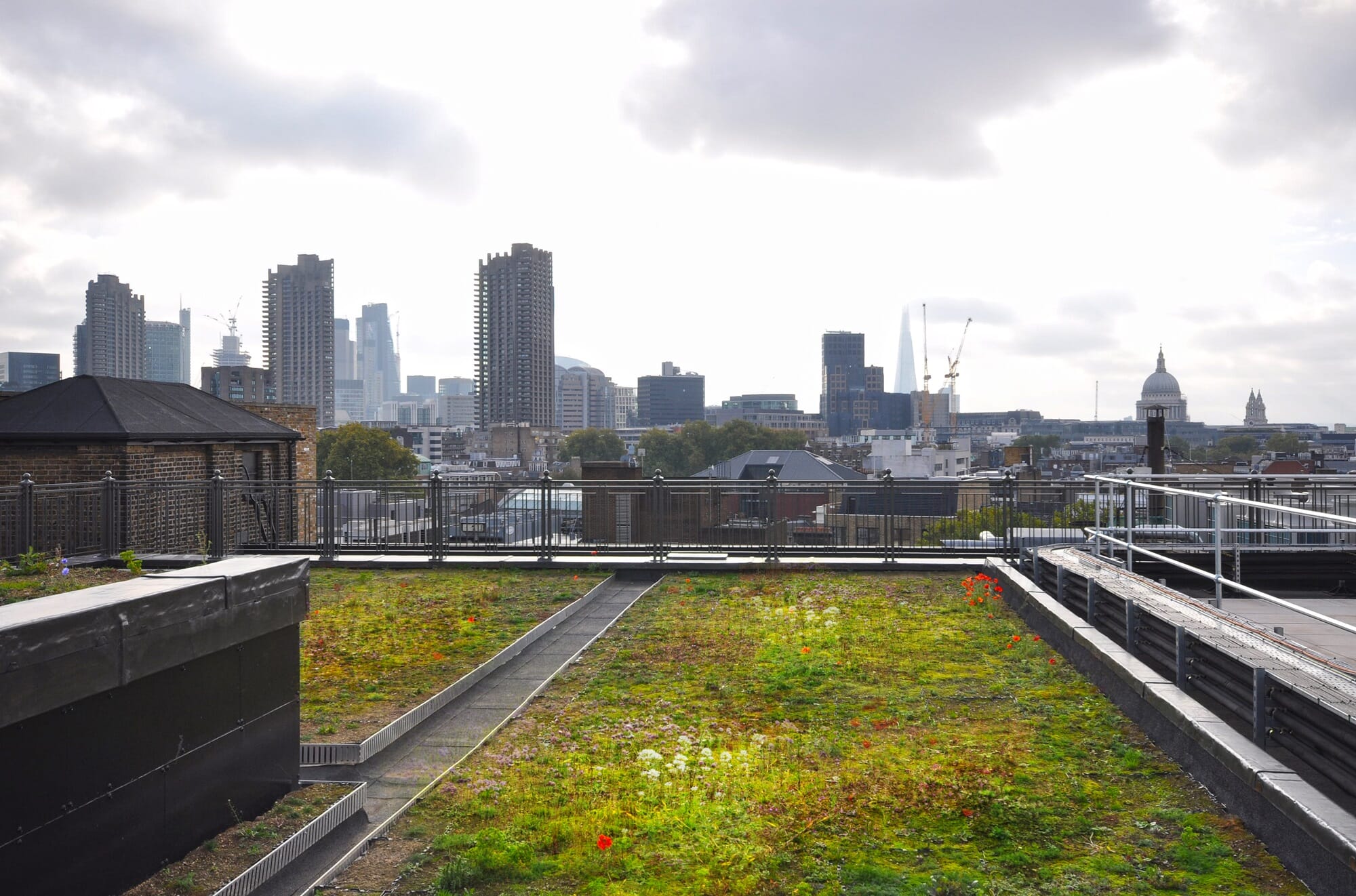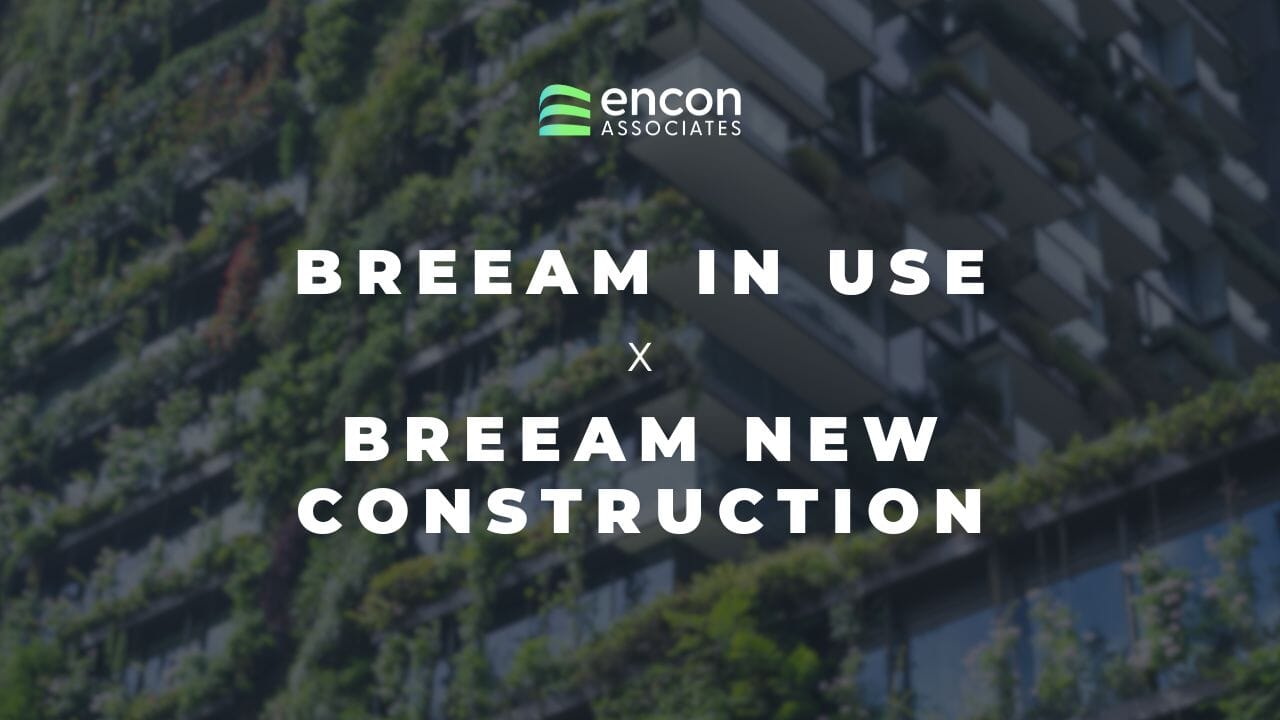BREEAM In-Use vs New Construction: Key Differences Explained
Explore the key differences between BREEAM In-Use and New Construction to choose the right sustainability assessment for your building project.

Key Differences Explained
As sustainability becomes a driving force in the built environment, the need for reliable certification systems has never been greater. BREEAM* is one of the world’s leading sustainability assessment methods. However, understanding the difference between BREEAM In-Use and BREEAM New Construction can be crucial when planning or upgrading your project.
At Encon Associates, we help clients across the UK navigate the complexities of sustainable building standards. In this post, we break down the main differences between these two BREEAM schemes to help you make informed decisions.
*Building Research Establishment Environmental Assessment Method
Understanding the Basics
What is BREEAM New Construction?
BREEAM New Construction is designed for buildings that are being newly built. It assesses environmental performance across design, construction, and early operational phases, covering categories like:
- Energy efficiency
- Water usage
- Materials
- Waste
- Pollution
- Health and wellbeing
This scheme is ideal for developers and designers who want to integrate sustainable practices from the ground up and gain recognition for doing so.


Understanding the Basics
What is BREEAM In-Use?
BREEAM In-Use, on the other hand, is tailored to existing buildings in operation. It evaluates how a building performs over time in real-world conditions and is split into three parts:
-
1: Asset performance
-
2: Building management
-
3: Occupier management
This scheme is particularly beneficial for building owners, operators and facilities managers looking to improve ongoing performance and efficiency.


Key Differences Between BREEAM In-Use and New Construction
Assessment Timing
-
New Construction: Applies before and during the construction phase.
-
In-Use: Applies after the building is operational.
Stakeholder Involvement
-
New Construction: Focuses on architects, engineers and contractors.
-
In-Use: Engages building managers, owners and occupiers.
Scope and Criteria
-
New Construction: Emphasises design intent and build quality.
-
In-Use: Measures actual performance and management practices.
Certification Validity
-
New Construction: Certification is a one-time process.
-
In-Use: Certification is renewable every 3 years, encouraging continual improvement.
The Key Differences

Which One is Right for You?
When to Choose BREEAM New Construction
Opt for BREEAM New Construction if you are:
-
Developing a brand new building
-
Looking to embed sustainability from day one
-
Seeking strong credentials for planning approval or investor interest
When to Choose BREEAM In-Use
BREEAM In-Use is the better fit if:
-
You manage or own an existing property
-
You want to measure and improve operational efficiency
-
You aim to maintain long-term sustainability compliance
-
You’re looking for cost-effective ways to boost ESG performance
At Encon Associates, our experienced consultants are here to guide you through whichever BREEAM route fits your project best. Whether you’re breaking ground or optimising your current operations, we provide the clarity and support you need for success.
